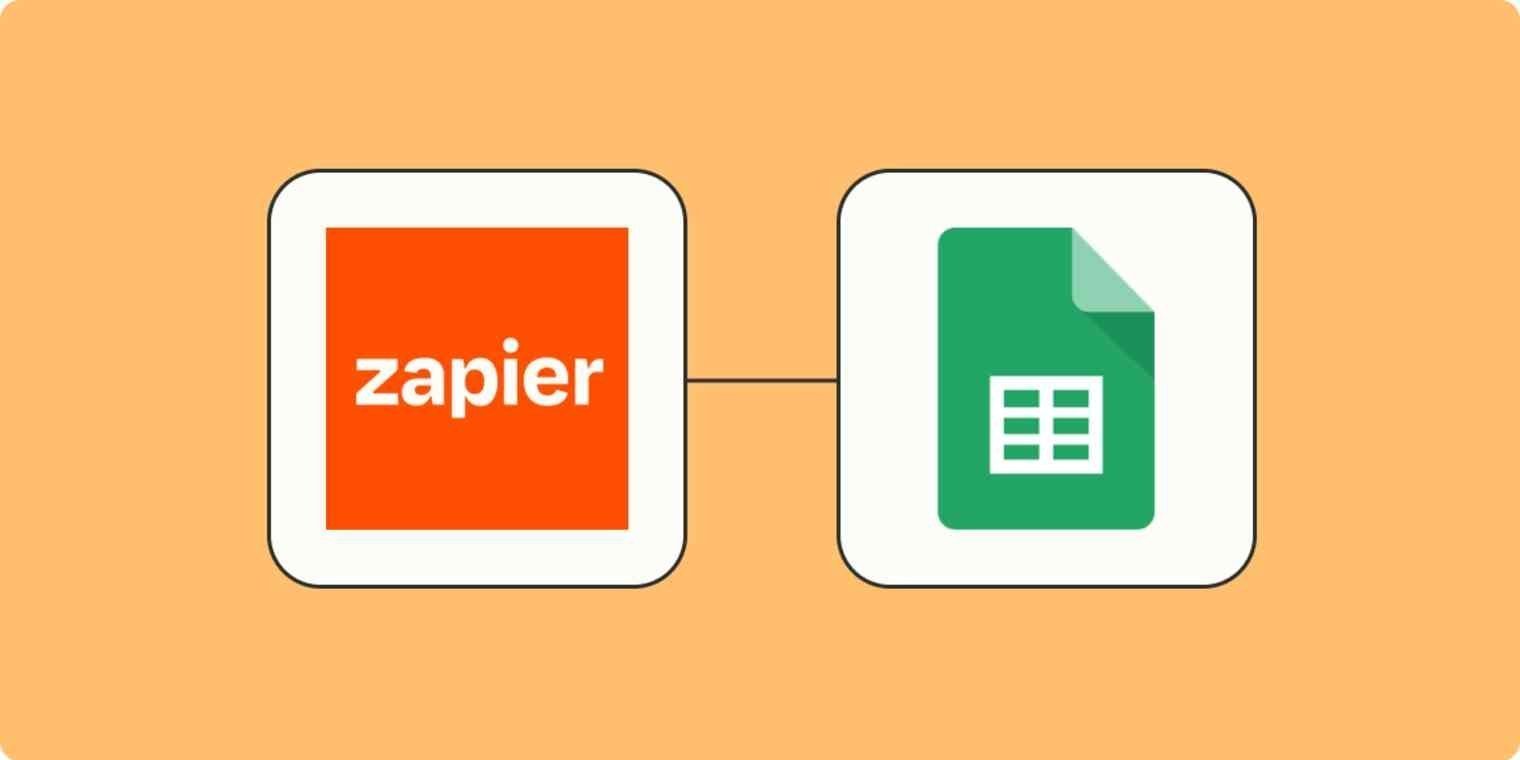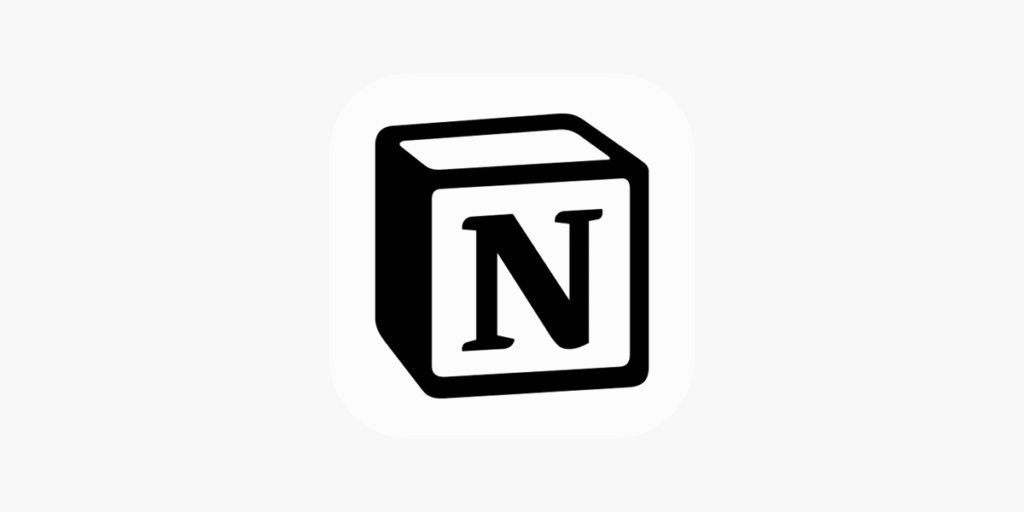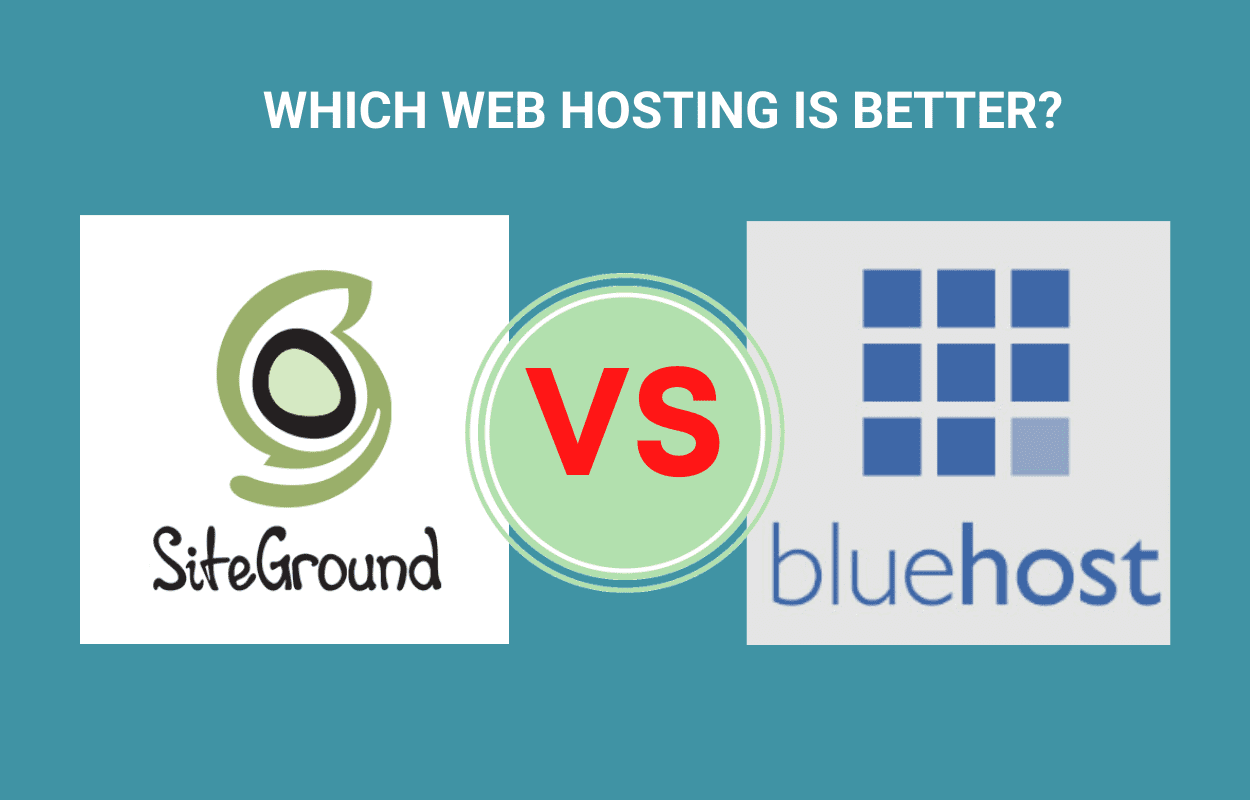For small tech startups, a CRM Software is not just about managing customer information. It is about creating a seamless experience that enhances customer satisfaction and drives business growth. Startups can use CRM tools to understand customer behavior, preferences, and trends. This helps them adjust their strategies.
Building Strong Customer Relationships
In the early stages of a startup, establishing strong relationships with customers is crucial. CRM Software offers a central database that records every customer interaction. This helps startups track customer journeys and personalize their approach. This personalized touch can turn first-time buyers into loyal advocates, enhancing brand reputation and fostering growth.
Streamlining Internal Processes
Efficiency is key for startups, and CRM software helps streamline internal processes. By automating tasks like data entry, lead tracking, and follow-up messages, CRM systems save time for team members. This lets them focus on important tasks like creating new products and reaching more customers. This helps the startup grow.
Providing Actionable Insights
CRM Software(s) are not just data repositories; they are powerful tools that provide actionable insights. Startups can use strong analytics and reporting tools. These tools help them find trends, measure how well campaigns work, and better understand customer needs. This data-driven approach helps in making informed decisions, optimizing marketing strategies, and improving overall business performance.
Enhancing Collaboration Across Teams
Effective collaboration is essential for startup success. CRM software facilitates better communication across different teams by providing a unified platform for sharing customer information. Sales, marketing, and support teams can work in harmony, ensuring that customer interactions are smooth and consistent. This alignment boosts productivity and enhances the overall customer experience.
Ensuring Scalability and Flexibility
As startups grow, their needs evolve, and CRM Software offer the scalability required to accommodate this change. Whether it’s adding more users or managing increasing volumes of customer data, a robust CRM can scale seamlessly. Also, the ability to connect with other business tools helps startups change their tech setup as they grow. This keeps them efficient and effective.
Choosing the Right CRM Software for Small Tech Startups
Selecting the right CRM software is crucial for small tech startups aiming to maximize their potential. Here are some top CRM solutions that cater specifically to the needs of startups:
1. HubSpot CRM
HubSpot CRM Software is renowned for its user-friendly interface and comprehensive features tailored for small businesses. As a free platform, it offers a wide range of tools such as contact management, email tracking, and sales pipeline management. Its integration capabilities with other HubSpot tools make it a versatile choice for startups looking to scale their operations.
Key Features and Benefits
HubSpot CRM’s intuitive design ensures that team members can quickly adapt to its features, reducing the learning curve. The platform’s robust analytics tools provide insights into customer interactions, helping startups optimize their sales strategies. Additionally, the free tier offers substantial functionality, making it accessible for startups with limited budgets.
Integration Capabilities
One of HubSpot CRM’s strengths lies in its ability to integrate with a variety of applications. Startups can link HubSpot to their current tools. This includes email clients, marketing automation platforms, and social media accounts. This integration streamlines workflows and ensures that all customer data is centralized for easy access and analysis.
Customer Support and Community
HubSpot offers exceptional customer support and a vibrant community forum where users can exchange ideas and solutions. This support network is invaluable for startups that may encounter technical challenges or require advice on best practices. The wealth of resources available ensures that startups can maximize their use of the CRM platform.
2. Zoho CRM
Zoho CRM Software is an excellent choice for startups seeking a customizable and affordable CRM solution. It offers features like lead management, workflow automation, and analytics. Zoho’s AI-powered sales assistant, Zia, provides valuable insights and predictions, helping startups optimize their sales strategies.
Customization and Flexibility
Zoho CRM Software is known for its high level of customization. This lets startups adjust the platform to fit their needs. From customizing fields to creating bespoke workflows, Zoho provides the flexibility required to support unique business processes. This adaptability is crucial for startups that need a CRM that can evolve with their operations.
AI-Powered Insights
Zoho’s Zia, an AI-powered sales assistant, analyzes data to offer actionable insights and predictions. This feature helps startups identify potential sales opportunities, prioritize leads, and tailor their marketing efforts. By leveraging AI, startups can enhance their decision-making capabilities and improve overall sales performance.
Affordable Pricing Structure
Zoho CRM Software offers an affordable pricing model, making it accessible for startups with budget constraints. The platform offers affordable plans. This allows small teams to use advanced CRM features without high costs. This affordability, combined with robust functionality, makes Zoho an attractive option for growing startups.
3. Salesforce Essentials
Salesforce Essentials is designed specifically for small businesses and startups. It provides a robust set of features including contact management, opportunity tracking, and task automation. With its cloud-based infrastructure, Salesforce Essentials enables startups to access their CRM data from anywhere, ensuring flexibility and scalability.
Comprehensive Feature Set
Salesforce Essentials offers a comprehensive suite of features that cater to various aspects of customer relationship management. The platform helps startups manage their sales processes. It offers tools for managing contacts, tracking opportunities, and automating routine tasks.
Cloud-Based Convenience
Salesforce Essentials is cloud-based. This means startups can access their CRM data from any location and device. This flexibility is very helpful for remote teams or businesses with many locations. It allows easy access to customer information and teamwork across the organization.
Scalability and Growth
Salesforce Essentials is built with scalability in mind, making it suitable for startups that anticipate growth. As businesses grow, they can easily switch to better Salesforce plans. This helps them handle more data and user needs. This scalability ensures that startups can continue using Salesforce as they grow without the hassle of switching platforms.
4. Pipedrive
Pipedrive is a CRM platform known for its intuitive design and ease of use. It focuses on simplifying the sales process, providing startups with tools to manage leads, track communication, and forecast sales. Its visual sales pipeline offers a clear overview of ongoing deals, helping startups stay organized and proactive.
User-Friendly Interface
Pipedrive’s clean and intuitive interface makes it easy for team members to navigate and utilize its features. The platform is designed for the sales process. It helps startups manage their pipelines easily. They can track leads without getting overwhelmed by complexity.
Visual Sales Pipeline
One of Pipedrive’s best features is its visual sales pipeline. It gives a clear view of ongoing deals. This visual tool helps startups see the status of each deal. It lets them prioritize tasks and make sure no opportunities are missed.
Focus on Sales Efficiency
Pipedrive is designed with a strong emphasis on sales efficiency, providing tools that streamline communication and improve lead tracking. Startups can automate follow-ups, set reminders, and track emails, ensuring that all sales activities are managed effectively. This focus on efficiency helps startups close deals faster and boost revenue.
5. Freshsales
Freshsales is a CRM solution that combines powerful features with an affordable pricing model. It offers lead scoring, email tracking, and built-in phone capabilities. Freshsales’ AI-powered insights help startups identify the most promising leads, enabling them to prioritize their sales efforts effectively.
Lead Scoring and Management
Freshsales provides advanced lead scoring capabilities, allowing startups to prioritize leads based on their likelihood to convert. This feature helps sales teams focus their efforts on high-potential prospects, improving conversion rates and sales efficiency. The platform also offers comprehensive lead management tools to track and nurture relationships.
Built-In Communication Tools
The CRM has phone and email tracking features. This helps startups manage all their communications from one platform. This integration ensures that all interactions are logged and accessible, providing a complete view of customer engagements. Such tools enhance communication efficiency and improve customer service.
AI-Driven Insights
Freshsales leverages AI to provide insights that help startups identify trends and optimize their sales strategies. The platform’s AI-driven analytics offer predictions and recommendations, empowering teams to make data-driven decisions. This analytical edge supports startups in refining their sales processes and achieving better outcomes.
Key Considerations When Selecting CRM Software
When looking at CRM software, small tech startups should think about a few important factors. This will help them pick the best solution for their needs
Scalability
Startups should select a CRM that can grow with their business. Scalability ensures that the software can accommodate increasing data volumes and user numbers as the company expands.
Long-Term Growth Potential
Choosing a CRM with scalability in mind means considering the long-term growth potential of the business. Startups should evaluate whether the CRM can handle future increases in customer data and user requirements without compromising performance. A scalable CRM can support business expansion without necessitating costly upgrades or platform migrations.
Flexible User Management
Scalable CRMs provide flexible user management options, allowing startups to add or remove users as needed. This flexibility is vital for adapting to changes in team size or structure. Startups should find CRMs with tiered pricing based on user numbers. This way, they only pay for what they need as they grow.
Data Handling Capabilities
As startups collect more customer data, the CRM’s ability to manage and process this information efficiently becomes critical. Scalable CRMs offer robust data handling capabilities, ensuring that performance remains smooth even as the database grows. Startups should assess the CRM’s infrastructure and performance benchmarks to ensure it can support their expanding data needs.
Integration
A CRM system that integrates seamlessly with other tools and platforms is essential for maximizing efficiency. Find CRM solutions that connect with popular apps like email clients, marketing tools, and project management software.
Seamless Tool Integration
Seamless integration with existing business tools is crucial for maintaining workflow efficiency. Startups should evaluate the CRM’s compatibility with their current tech stack, including email services, marketing platforms, and accounting software. A CRM that connects easily cuts down on manual data transfers. It also makes sure all systems work well together.
API and Custom Integration Options
In addition to pre-built integrations, startups should consider CRMs that offer robust API capabilities for custom integrations. This flexibility lets businesses link the CRM with their own systems or special applications. They can customize the platform to fit their needs. API documentation and support are important factors to assess when evaluating CRM options.
Enhancing Cross-Departmental Collaboration
Integrations play a significant role in enhancing cross-departmental collaboration. By connecting different tools and platforms, a CRM can provide a unified view of customer interactions, enabling sales, marketing, and support teams to collaborate more effectively. This alignment fosters a cohesive approach to customer relationship management and improves overall business performance.
User-Friendliness
Given the fast-paced nature of startups, a user-friendly CRM is crucial. The software should have an intuitive interface that allows team members to quickly adapt and utilize its features without extensive training.
Intuitive Design and Navigation
A user-friendly CRM features an intuitive design and straightforward navigation, ensuring that team members can quickly access the tools and information they need. Startups should look for platforms that prioritize user experience, with clean layouts and simple workflows that minimize confusion and enhance productivity.
Training and Onboarding Support
While a user-friendly interface is essential, startups should also consider the availability of training and onboarding support. CRMs that offer comprehensive tutorials, webinars, and documentation can help new users get up to speed quickly. Efficient onboarding reduces downtime and accelerates the time to value for the CRM investment.
Customizable Dashboards and Views
Customizable dashboards and views are key features of user-friendly CRMs, allowing team members to tailor their interface to suit their specific roles and preferences. This personalization enhances usability by ensuring that each user can access the most relevant information and tools, streamlining their daily tasks and improving efficiency.
Customization
Every startup has unique requirements, and the ability to customize the CRM to fit specific needs is invaluable. Look for CRM solutions that offer customization options for fields, workflows, and reports.
Tailoring Fields and Workflows
Customizable CRMs allow startups to tailor fields and workflows to match their unique business processes. This capability ensures that the CRM aligns with existing procedures and supports the specific needs of the team. Startups should evaluate the extent of customization options available, including the ability to create custom fields, modify workflows, and set up automated triggers.
Personalized Reporting and Analytics
The ability to customize reports and analytics is a significant advantage for startups seeking to gain insights into their operations. Customizable CRMs offer flexible reporting tools that enable businesses to track key performance indicators and analyze data in ways that are most relevant to their objectives. This personalized approach enhances decision-making and strategic planning.
Adapting to Business Changes
Customization options are particularly valuable for startups as they adapt to changes in their business environment. Whether it’s launching new products, entering new markets, or adjusting strategies, a customizable CRM can evolve alongside the business. This adaptability ensures that the CRM remains a valuable tool even as the startup’s needs change over time.
Customer Support
Reliable customer support is essential, especially during the initial setup and integration phases. Ensure that the CRM provider offers responsive support channels to address any queries or technical issues that may arise.
Accessibility of Support Channels
The accessibility of support channels is a critical consideration when selecting a CRM. Startups should look for providers that offer multiple support options, including phone, email, and live chat. The availability of 24/7 support can be particularly beneficial for businesses operating in different time zones or those with urgent technical needs.
Quality of Technical Assistance
The quality of technical assistance provided by the CRM vendor can significantly impact the user experience. Startups should assess the vendor’s reputation for customer service, including response times and problem resolution effectiveness. Reviews and testimonials from other users can provide valuable insights into the level of support offered.
Community and Knowledge Resources
In addition to direct support, the availability of community and knowledge resources can enhance the CRM experience. Startups should consider whether the vendor offers forums, user groups, or extensive online documentation. These resources can offer more help and support learning between peers. This will help startups get the most from their CRM investment.
Check Also https://www.leadsquared.com/learn/sales/best-crm-software-for-startups/
Conclusion
In conclusion, CRM software plays a pivotal role in helping small tech startups manage customer relationships, improve communication, and drive growth. By choosing the right CRM solution, startups can enhance their operational efficiency, make data-driven decisions, and ultimately achieve long-term success. Whether you opt for HubSpot, Zoho, Salesforce, Pipedrive, or Freshsales, investing in a CRM tailored to your needs is a strategic move that will pay dividends in the competitive tech landscape.
For startups ready to embark on their CRM journey, it is imperative to thoroughly assess their specific requirements and align them with the features offered by different CRM solutions. By doing so, they can unlock the full potential of CRM software and position themselves for sustained success. As the tech landscape continues to evolve, a robust CRM system will remain an invaluable asset, enabling startups to navigate challenges, seize opportunities, and thrive in an ever-changing market.





















